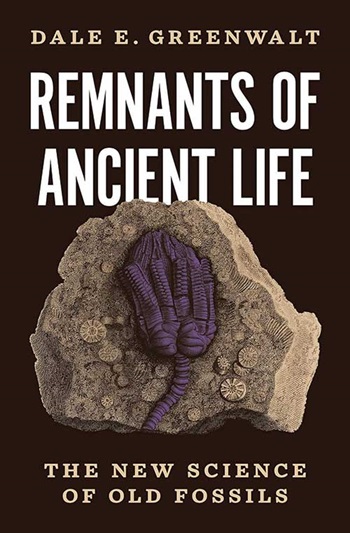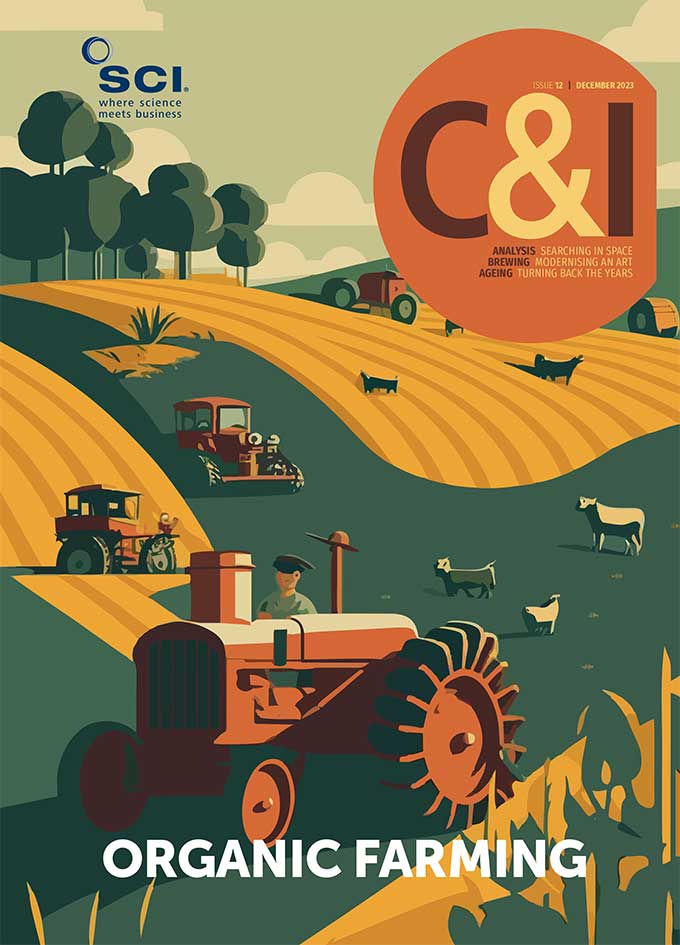BOOK REVIEW BY DENNIS ROUVRAY | 20 DECEMBER 2023
Book Title: Remnants of ancient life
Advances in the field of palaeontology have revealed that ancient fossils can furnish us with considerably more information than previously believed possible. Tracing the genealogy of a wide variety of species has now become much easier – including tracking down the descents of modern humans. We are also able to achieve deep insights into the physiological development, behavioural attributes and evolutionary ancestry of long extinct organisms.

Over 100,000 different chemical compounds are known to be synthesised by plants, many of which are to be found in animal fossils. Contrary to popular belief, a sizeable number of intact and viable ancient molecules are accessible for chemical analysis, and these include a wide variety of proteins, pigments and even DNA specimens. Routine investigative studies on such molecular remnants started only in the 1990s since it was generally assumed until then that complex molecular structures could not persist in an unchanged state over millions of years. The earliest exploratory endeavours were, however, all too often invalidated by contaminant modern molecular material that was erroneously reported as ancient.
A mere 20 years ago, the time limit for the retrieval of viable DNA was deemed to be about 40,000 years. Radical revision of this idea took hold as access to Earth’s permafrost regions in Siberia and elsewhere uncovered a treasure trove of Pleistocene fossils that enabled the recovery of many ancient animal genomes, including those of mastodons, bears, bison, camels, horses and wolves. Animal genomes afford us with nuanced taxonomic and evolutionary information: their first appearance on Earth; the closest and distant relatives; and even how and why a given species became extinct. In the case of the horse, for instance, we now know that the genus Equus is just over 4m years old, that modern horses appeared 55,000 years ago, and domestication began around 3500 BCE.
Human DNA has become considerably diversified since the genus Homo first emerged in Africa over 2m years ago. Analyses of the DNA from numerous ancient specimens suggest that the exodus from Africa occurred in three distinct phases. The first migration was that of Homo erectus some 1.85m years ago, the second was that of the Neanderovans roughly 700,000 years ago, and the third was of modern humans who exited 60,000 years ago. The Neanderovans eventually split into the Neandertals and Denisovans. As interbreeding took place throughout these migrations, it is hardly surprising that the human genome once contained as much as 50% Neandertal DNA, although in modern humans this has been reduced to approximately 3%.
The fossil record of ancient proteins is generally quite meagre and often yields only small fragments of proteins. Access to ancient animal proteins enables us to determine the gender, the pigmentation of skin or plumage, eye and hair colour, the strength of bones and eggshells, and the role of colours in mating displays. The largest proteome isolated so far came from a 43,000-year-old woolly mammoth and consisted of 126 proteins with an average retrieval rate of only 14% for each sequence. Incomplete or missing protein sequences can, however, now be supplemented by making use of newly developed Crispr technology in which a copy of the ancient gene is inserted into a bacterial culture to reproduce the requisite protein.
Author Dale Greenwalt is a resident research associate at the Smithsonian Institution’s National Museum of Natural History in Washington DC, US. The message conveyed throughout his discourse is that, although research on ancient biomolecules may still be in its infancy, optimism is amply justified concerning its future. The near-term will likely witness further advancement in our understanding of the convoluted history of evolution. In the longer term, the prospect of resurrecting long-extinct species beckons, a venture referred to as de-extinction. Currently, however, because the available options to achieve this are considered unworkable, such an ambitious undertaking will necessarily have to be deferred to succeeding generations of molecular palaeobiologists.
Author: Dale E. Greenwalt
Publisher: Princeton University Press
Pages: 288
Price: £22
ISBN: 978-0-691-22114-4
Dennis Rouvray is a freelance science writer based in Surrey, UK.





